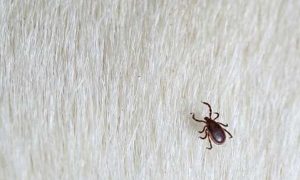PESTICIDE / INSECTICIDE
Chlorine Dioxide is an EPA approved antimicrobial pesticide which can be used to kill or suppress harmful microorganisms on inanimate objects or surfaces. Disinfect bacteria causing odors and messes directly at the source. Vapor fog for deep, complete environment decontamination.






















